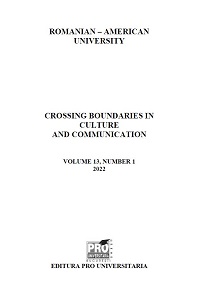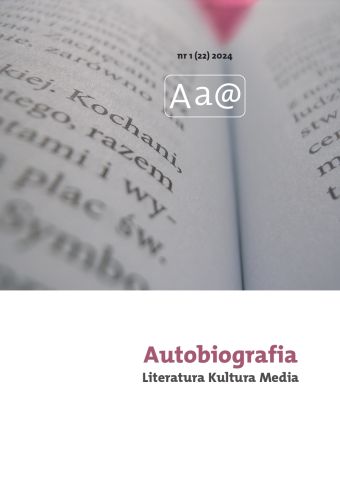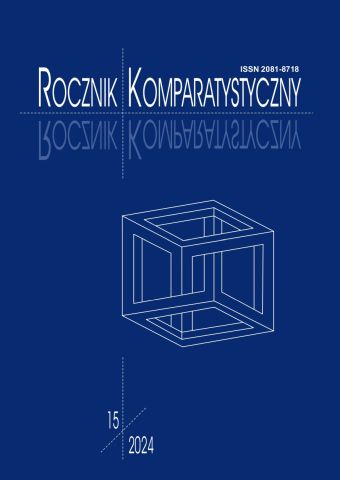
Resorting to Faith in a World of Dystopia
The purpose of this paper is to analyse the phenomenon of resorting to faith which is present in the science fiction novel published in 2022 “O lacrima de Batavia” by Sergiu Somesan. The novel could be described as showing what happens after an apocalypse, since the sudden lack of electricity and electromagnetism suddenly occur. The story of the main characters resorts to the old myth of renewal and keeping faith. We could make an analogy with the situation during the COVID-19 pandemic, when many turned up to faith given the situation. What makes anyone resort to faith in difficult circumstances will be analyzed from the perspective of psychological theories. The dystopia described in the novel could have links with various presuppositions in the current political world; however, the author claims to have thought of the idea of lack of electricity before it was given as a possible scenario by the EU.
More...



